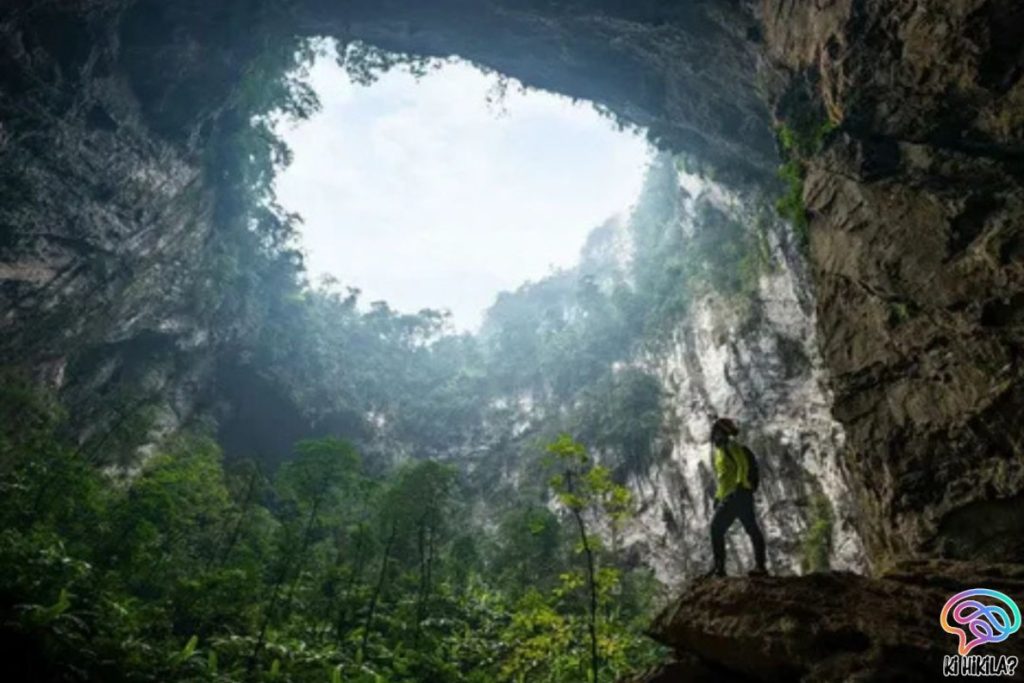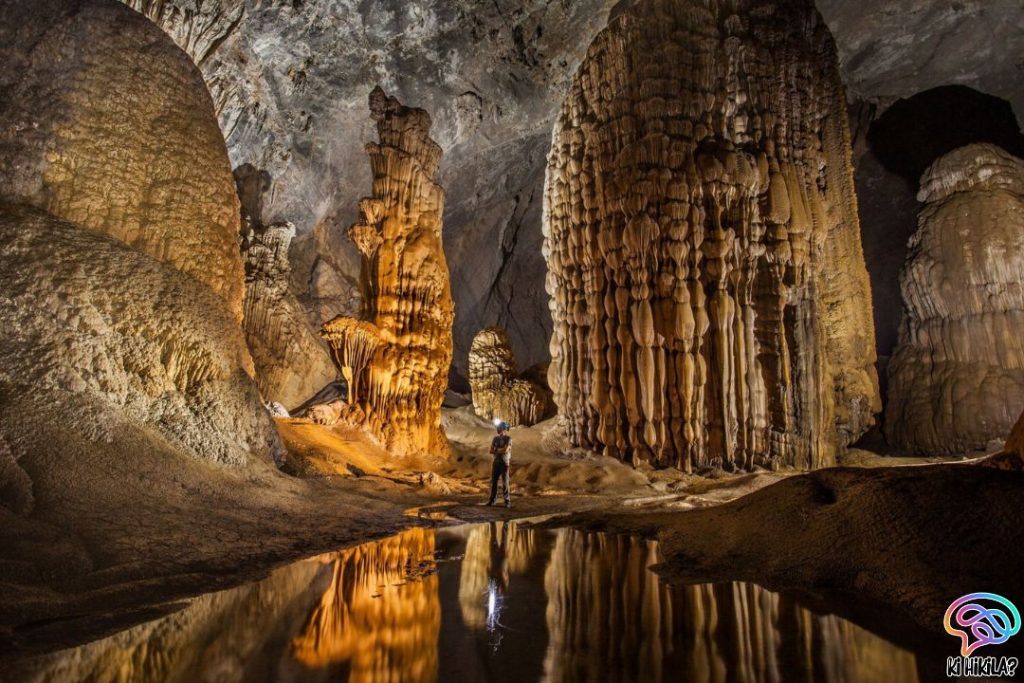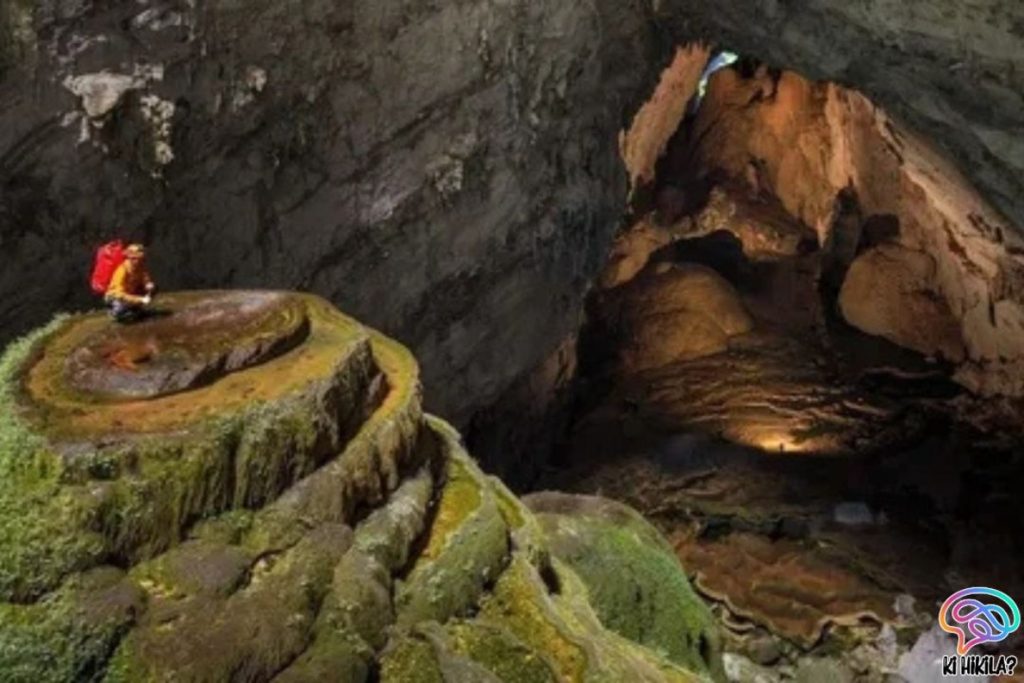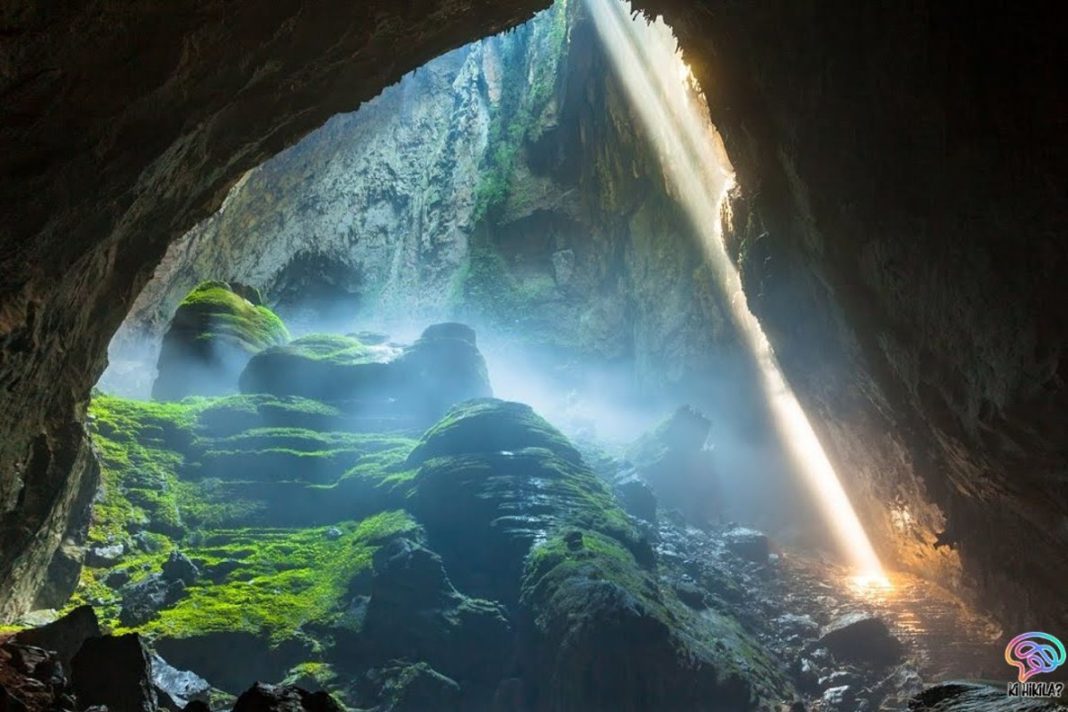Introduction to the World’s Largest Cave
The world’s largest cave is not just a hollow space under the ground — it is a breathtaking natural wonder with a forest, a river, and even clouds inside. This incredible place is called Son Doong Cave, located in Vietnam. It is so massive that it could fit a 40-story skyscraper inside and still have room to spare. For explorers, scientists, and nature lovers, it is one of the most fascinating discoveries of our time.
Where is the World’s Largest Cave Found?
The world’s largest cave is found in Phong Nha-Ke Bang National Park, in Quang Binh Province, Vietnam. This area is famous for its limestone mountains and hundreds of other caves, but Son Doong stands out because of its extraordinary size and unique environment.
History of the Discovery of the World’s Largest Cave
The world’s largest cave was first discovered in 1991 by a local man named Ho Khanh, who stumbled upon its entrance while exploring the jungle. However, it was not fully explored until 2009, when a British caving team measured its true size. Their research confirmed that Son Doong is larger than any other known cave in the world.
Size and Dimensions of the World’s Largest Cave
- Length: Over 9 kilometers (5.6 miles)
- Height: Up to 200 meters (660 feet) in some chambers
- Width: Around 150 meters (490 feet)
Its massive chambers are so large that entire city blocks could fit inside, making it a true underground world.

The Underground Forest Inside the World’s Largest Cave
One of the most amazing features of the world’s largest cave is its underground forest.
- This forest exists because parts of the cave’s ceiling collapsed long ago, forming huge openings called dolines.
- Sunlight passes through these openings, allowing plants and trees to grow.
- The forest is home to rare species of plants, insects, and birds, creating a hidden jungle that looks untouched by time.
The River Flowing Inside the World’s Largest Cave
Flowing water is the lifeline of the world’s largest cave.
- A real underground river runs through Son Doong, shaped over millions of years by erosion.
- The sound of running water fills the cave, adding to its magical atmosphere.
- The river supports aquatic life adapted to dark, mineral-rich waters.

Clouds and the Microclimate of the World’s Largest Cave
The world’s largest cave has its own microclimate, which means it creates its own weather inside.
- The temperature difference between the cave’s interior and the outside air forms mist and fog.
- This mist often turns into floating clouds inside the massive chambers.
- Scientists say this is one of the most unique natural weather systems in the world.
How the World’s Largest Cave Was Formed
Son Doong Cave began forming 2 to 5 million years ago.
- Underground rivers slowly dissolved the limestone, creating huge tunnels.
- Over time, the tunnels grew into the gigantic chambers we see today.
- Earth movements and collapses shaped its open skylights and deep pits.
Wildlife and Plants Inside the World’s Largest Cave
Life inside the world’s largest cave is different from the outside world.
- Albino creatures such as blind fish and insects have adapted to the dark.
- Rare ferns, mosses, and orchids grow in the moist environment.
- The underground forest supports small mammals, birds, and even monkeys that enter through skylights.

Visiting the World’s Largest Cave
- Tours to the world’s largest cave are limited to protect its fragile ecosystem.
- Only a few hundred visitors are allowed each year.
- Visiting requires trekking through dense forest, crossing rivers, and camping inside the cave.
- Each tour is guided by trained experts to ensure safety and preservation.
Importance of Protecting the World’s Largest Cave
The world’s largest cave is not only a tourist attraction but also a scientific and environmental treasure.
- It helps scientists study rare ecosystems.
- It supports biodiversity found nowhere else.
- Protecting it ensures that future generations can witness its beauty.
Conclusion
The world’s largest cave is more than just a remarkable geographical formation — it is a living, breathing masterpiece of nature that has been shaped over millions of years. Stepping inside feels like crossing the threshold into a hidden world untouched by time, where sunlight streams through towering openings to nourish an underground forest, a river winds its way through ancient stone corridors, and clouds drift quietly beneath a rock ceiling hundreds of meters above your head.
Its sheer size and beauty challenge our imagination, reminding us how small we are compared to the forces of nature. Every chamber, every stalactite, every moss-covered rock tells a story of patience, resilience, and the delicate balance of life that thrives even in the most unexpected places. For scientists, it is a treasure chest of unique species and geological secrets; for adventurers, it is a dream destination unlike any other on Earth.
The discovery of the world’s largest cave is proof that there are still wonders hidden in the corners of our planet, waiting to be revealed. But with this wonder comes a responsibility — to protect it, to ensure that future generations can experience the same awe and inspiration, and to treat it not as a resource to be exploited but as a legacy to be preserved. The world’s largest cave is not just a destination; it is a reminder of the extraordinary beauty our planet holds and the duty we share to safeguard it.
FAQs About the World’s Largest Cave
Q1: What is the name of the world’s largest cave?
The world’s largest cave is called Son Doong Cave, located in Vietnam.
Q2: How big is the world’s largest cave?
It is over 9 km long, up to 200 meters high, and about 150 meters wide.
Q3: Can you visit the world’s largest cave?
Yes, but access is limited and requires a special permit. Only a small number of tourists can enter each year.
Q4: Why does the world’s largest cave have clouds inside?
Clouds form due to the temperature difference between the cave’s interior and the outside air, creating mist and fog.
Q5: How old is the world’s largest cave?
Scientists estimate it is between 2 to 5 million years old.



